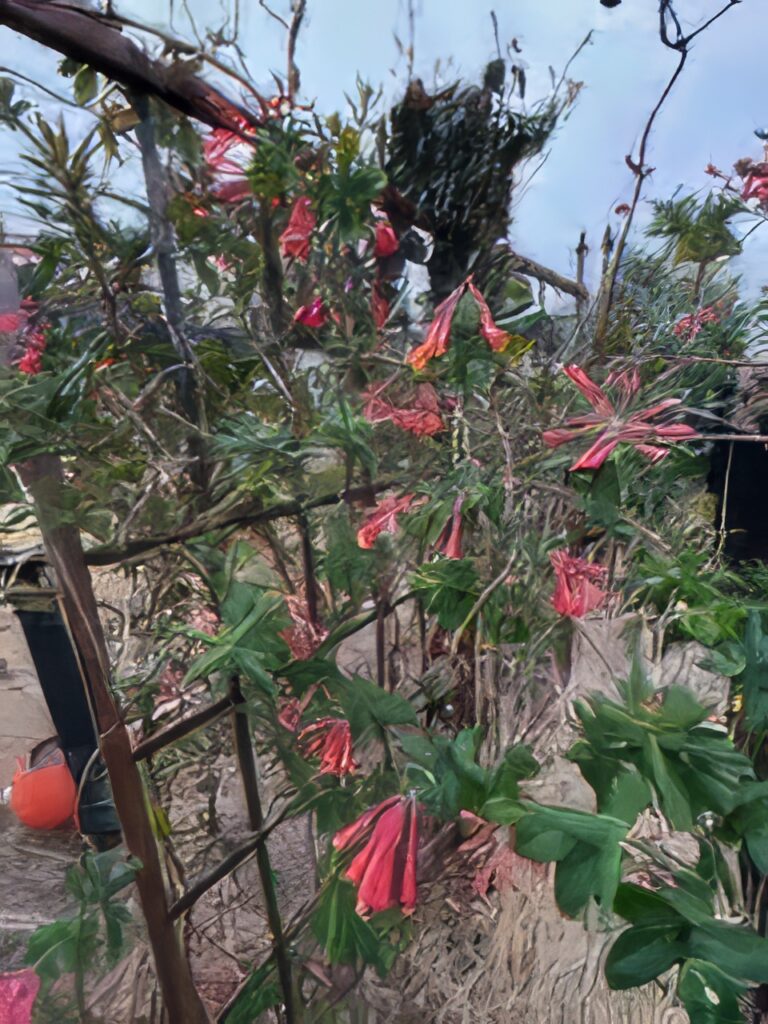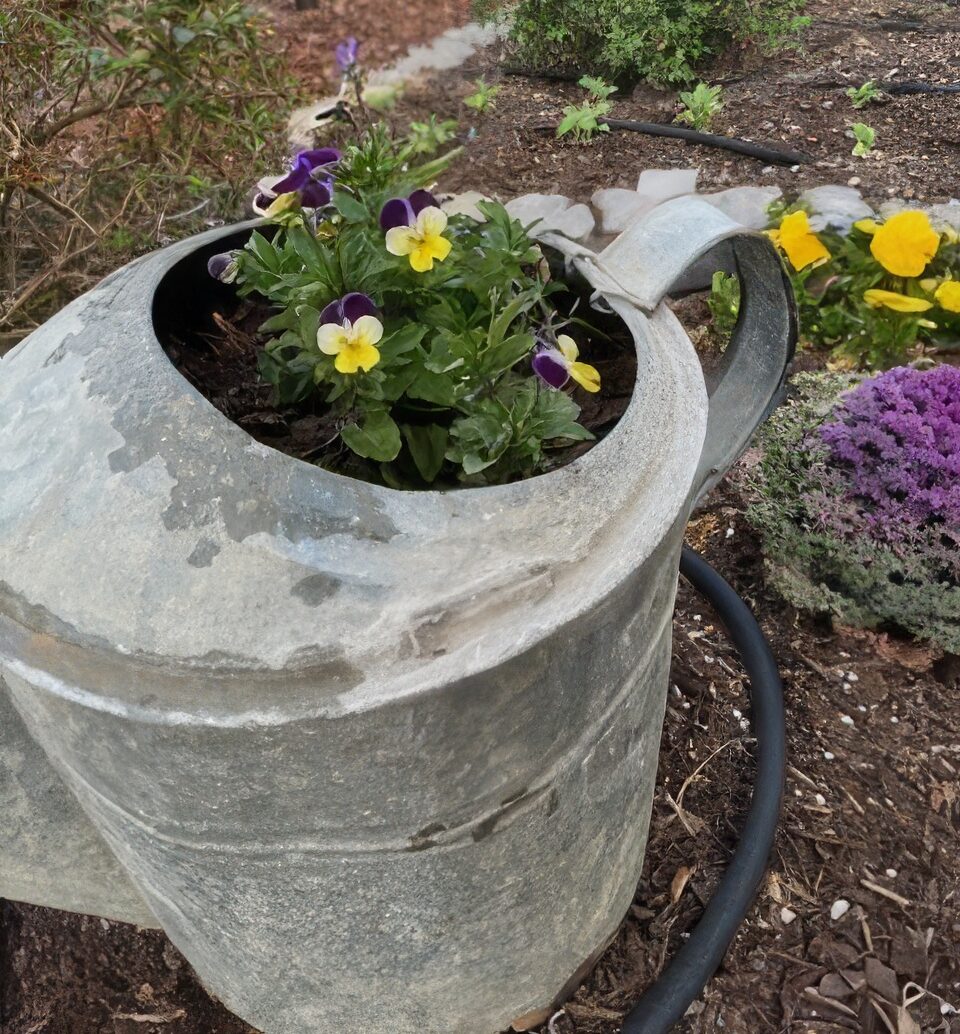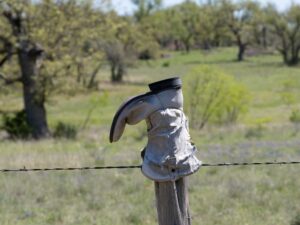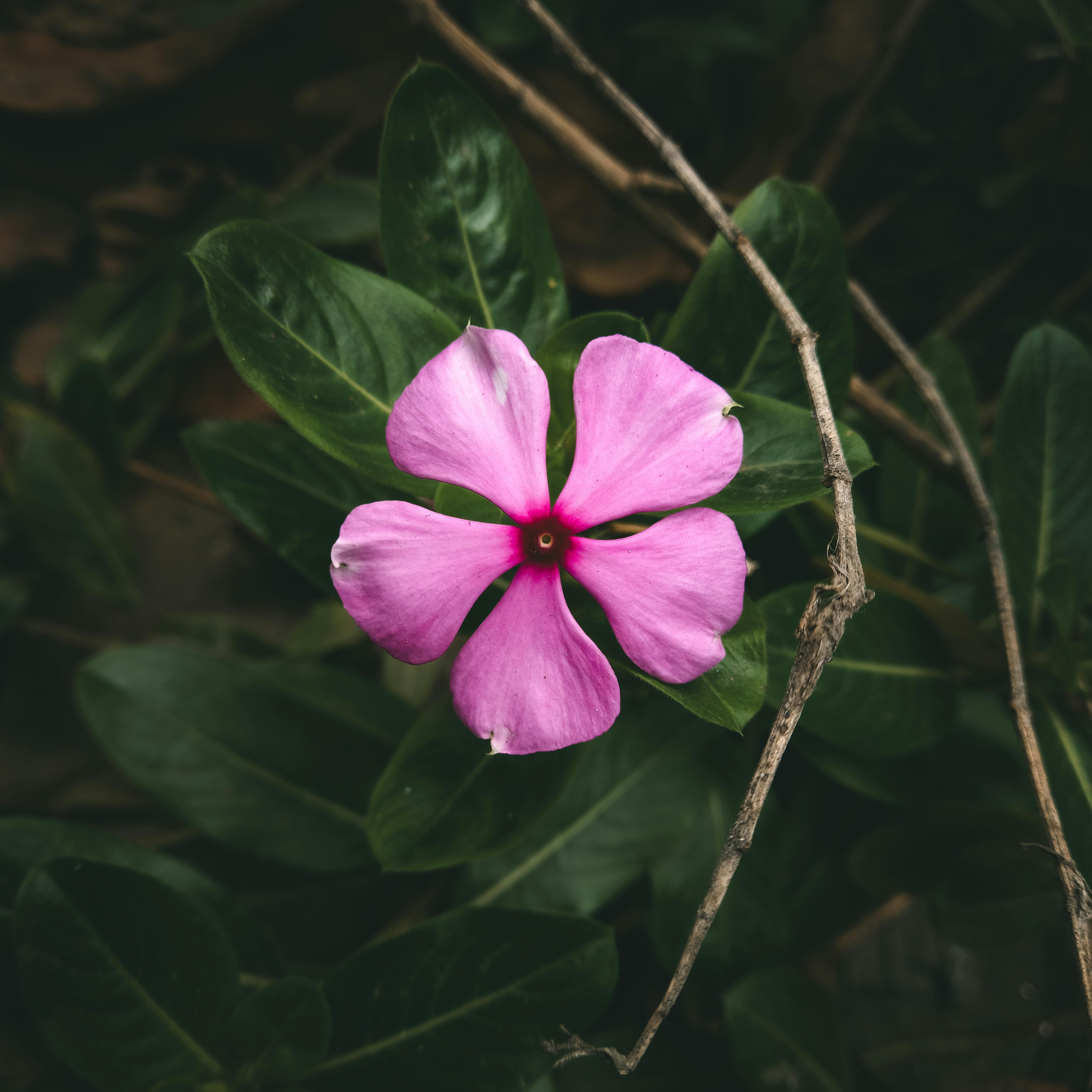Welcome to MaryBird’s backyard garden. This is the home of two DIY garden enthusiasts and two nosy Boykin Spaniels.
It’s the beginning of March and all around signs of spring are popping up all around the area. The days are getting longer. Early spring flowers are blooming and the trees are all beginning to leaf out. Gardening season has begun.
I’m very excited this year because I found a Peggy Martin Rose at a local garden center. This rose is also known as the Hurricane Katrina rose because it survived two weeks under 20 feet of salt water after a historically devastating hurricane in 2005.
In August of 2005 Hurricane Katrina crushed the gulf states of Louisiana, Mississippi and some of the panhandle in Florida. People there lost homes, belongings and, of course, their beloved gardens. Peggy Martin was a resident of a parish located close to New Orleans, which took the brunt of the hurricane, and the storm surge covered her garden with 20 feet of salt water. She wasn’t allowed to return to her home for 2 to 3 weeks at which time she found two plants had survived. The first plant was a Crinum Lily and the second plant was this beautiful pink rose. Don’t you know if it can survive those conditions it is a tough, tough customer.
The Peggy Martin rose is a Southern charmer with its gorgeous flush of pink blooms in the early spring. Rose enthusiasts will love the disease resistance, ease of care, semi-thornless feature and 6-15 feet climbing habit. Once established I’m looking forward to a sea of pink covering our new rose arbor. Peggy Martin may begin to repeat bloom in the fall after a few years. It is a full sun plant and hardy in zones 4-9. They like a nice drink of water during the hot dry months. I like to give a good thorough soaking and then time to dry between waterings. I also like to give my roses an organic rose food spring and fall which is used slowly over the year. This rose could also be grown along a fence as a feature in your garden.
One other thing I am doing in the garden differently this year is using dry molasses in order to help with fire ant control.
Dry molasses is a product that probably encourages the microbes to bloom in your soil and then the fire ants do not like it and they tend to go elsewhere. I found the dry molasses in a local garden center, but I also know they carry it at feed stores because it is a livestock supplement.
My evidence for the efficacy of dry molasses is based on anecdotal experience. I don’t have scientific studies to back up what I’ve seen, but if it happens to work, I’m very pleased. This past week I went to pull some weeds in the garden and the fire ants just exploded out of their hidden and mound. You can imagine I backed away from those little buggers hastily! I sprinkled the dry molasses at a rate of about 1 cup to 2 cups per 100 ft.² I returned to the same spot a couple of days later and was able to weed with no fire ants seen. I’m going to continue using dry molasses this year and I’ll keep everyone updated on how it works.
One bit of caution is to use moderation in applying anything to the soil. An over application of even organic materials can cause harm to your plants and shock the soil. Read the labels carefully and use the product correctly.
I’m looking forward to trying a topiary by the front door next week. A new project is exciting.
Happy Gardening






